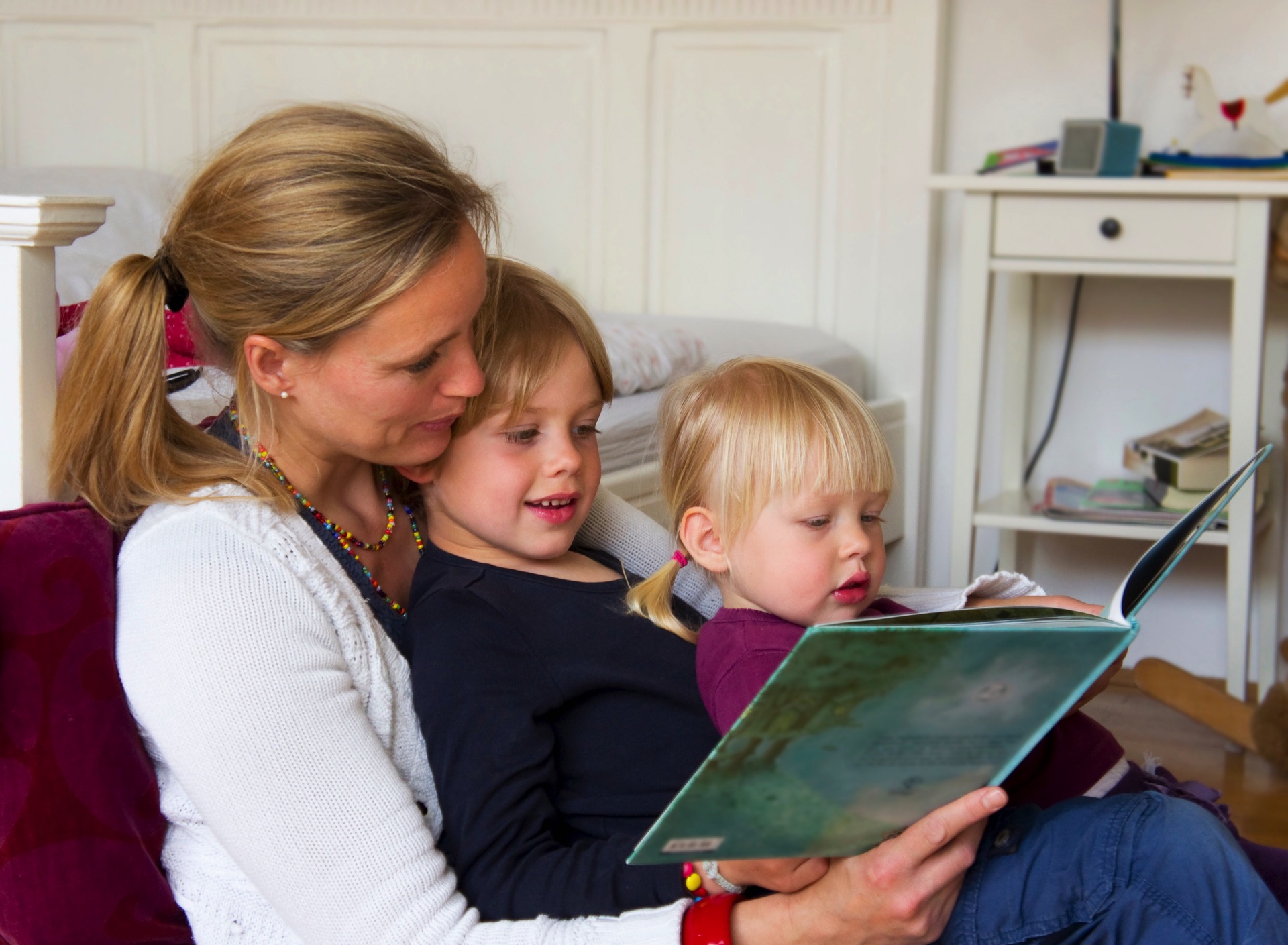During my career as an art psychotherapist, working with vulnerable children and their parents, I became aware of the utmost importance of communication in forming healthy attachment and bonding between parents and children. So much so that I decided to make communication and listening to each other the defining characteristics of my series of children’s books, Alexander’s Questions – a series of humorous picture books about an inquisitive boy on a quest to find the answers to questions that have been puzzling him.
Small children do not always know what they are feeling and reading together is the ideal opportunity to gently explore how a child feels. Therefore, in my latest book, Are Mummies scared of monsters? I decided to explore the notion of fear in a light-hearted way. In the book, fear takes on the shape of a monster, and Alexander assesses the different degrees of fear by making a list of how afraid everyone in his family is. Roles are reversed in the story, with the adults being more afraid than the children, and family members all cope with their fear differently. Mummy’s sister searches out new fearful situations, while Daddy finds comfort in a hot bath.
Just like adults, children often have fears and worries and may feel anxious from time to time. However, the ability to cope with fear and anxiety has to be learnt at a young age, and parents are important players in their children’s discovery and learning of skills to cope with these emotions.
When you see your child in distress, your natural response is to try to take away the fear – “Oh, don’t be silly, there’s no monster under your bed!” However, this is not always the best solution. Children need to learn to self-regulate or to process and manage their emotions and behaviours. It is important to appreciate your child’s fear and that it feels real, letting them know that they can conquer the fear, and that you are there to help.
I like the idea of using simple art therapy techniques, such as drawing what that monster may look like or maybe making it from clay. One could even think about what such a monster may like to eat or wear, or even put out a special treat for it!
In Are Mummies scared of monsters? Alexander finds out that, just like him, the monster under his bed does not like broccoli. He also discovers that all his family members and even the neighbour are afraid of something. Mummy fears French road maps, Daddy imagines monstrous problems at work, and the neighbour is fearful of finding dog poo in his treasured garden. Baby T has a physical fear of being hungry at bed time, while Mummy’s sister is confronted with collective fear in Scotland: the Loch Ness monster!
Fears that are ignored and dismissed have an unpleasant way of surfacing again later, as anxiety or in another shape or form. Exploring and talking about fear with children exposes the fear, so that it becomes more familiar and less scary. In time, this process will build confidence,
Reassuring children that everyone has fear from time to time and remembering to tell your child what you were afraid of when you were little can also help. I shared with my children how, when I was little, I became afraid of death, after losing a well-loved family pet. They could empathise with how I felt at the time, and I explained to them how the fear diminished through talking about it.
In Are Mummies scared of monsters? Alexander rushes to Mummy’s side when she calls for his help, and he opens Mummy’s wardrobe to reveal something scary inside. In the end, Alexander learns that Mummies are not afraid of monsters, but that monsters “are totally terrified of Mummies!”
Reading a picture book together is not only fun, but also a wonderful pathway to explore difficult emotions such as fear and anxiety. Understanding and talking about feelings in childhood will become a lifelong skill, ensuring a smoother transition into their teenage years and eventually transition them into emotionally intelligent adults who can confidently manage their emotions.
P.S. Although fears and worries are typical in children, persistent or extreme forms of fear and sadness should always be dealt with by a mental health professional.


